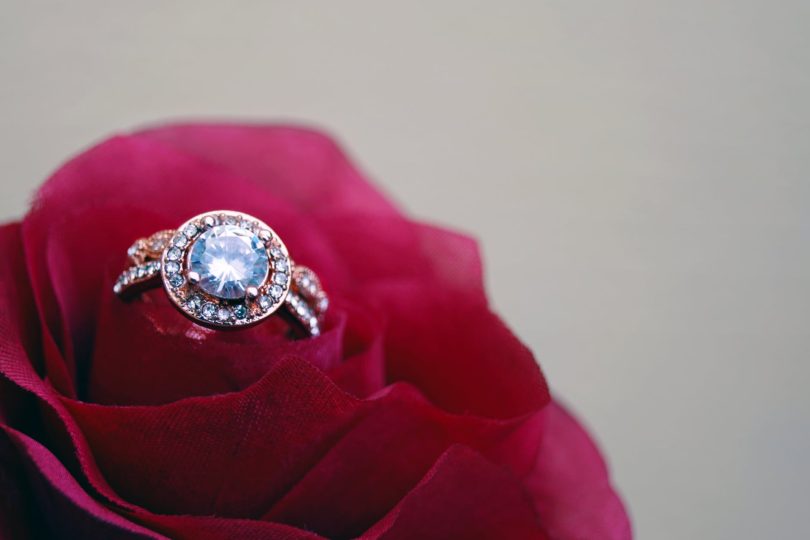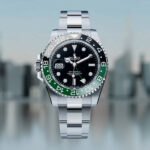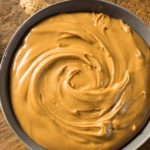Buying a diamond is a big deal. Not only because of how costly they are, but because of the reason behind buying one. Typically bought for an engagement or wedding ring, there’s a lot of meaning behind the purchase, so understandably you want to make sure that you pick the perfect gem.
So, before you make your purchase it’s important to do your research into what type of diamond is best. In doing so, you’ll also be ensuring that you don’t get ripped off and you get the highest quality for your money.
From the shape to the type of setting, there’s a lot to wrap your head around. But, first and foremost you should endeavour to understand the 4 C’s of diamonds. These include the clarity, colour, cut and carat; clarity is the absence of imperfections, colour is the absence of colour, carat is the weight and size of the gem, and the cut refers to the brilliance of the diamond. Each of these has an important role to play in valuing a diamond, but just how important each one is can vary.
In this instance, we’re going to examine how important diamond clarity is when purchasing a diamond.
When it comes to diamond clarity the gems are divided up into segments. These segments include VVS, including VVS1 and VVS2, VS1 and VS2 and so on. These stand for ‘very very small inclusions’ and ‘very small inclusions’. There are other categories determining gems of a lower clarity, however, we’re focusing on VVS and VS. For a more in-depth explanation be sure to take a look at this guide to VVS diamonds: https://yourdiamondguru.com/a-guide-to-vvs-diamonds/
VVS diamonds are incredibly rare, however to the naked eye the difference between these and VS diamonds are not noticeable in any way other than the hefty price difference. So, don’t be fooled by the price, you can purchase a diamond for a much smaller price that will look the same as the higher-priced one – differences can only be seen under a microscope.
Unfortunately, this means that there is no simple answer here regarding its importance. For instance, certain shaped diamonds hide imperfections better than others, so if you were to shop for one of these diamonds then it might be better to prioritise colour over clarity.
If you’re looking for a shape that will hide inclusions well, then round diamonds might be for you. Another shape that is worth exploring is the princess-cut; however, it’s good to be aware that the inclusions hidden in the corners can make the diamond susceptible to chipping. Yet another shape that hides inclusions well is the radiant-cut — a large number of facets and angles allow for imperfections to slip under the radar. Finally, oval diamonds do well at obscuring imperfections.
Alternatively, if you’re looking to buy an emerald, cushion, pear or Asscher diamond then you’ll have to look for a high clarity grade. These shapes are more likely to show inclusions and imperfections.
 Kindness and Quiet Help Everyone Enjoy the Office Entertainment Site Together
Kindness and Quiet Help Everyone Enjoy the Office Entertainment Site Together  Machine Learning with Excel: A Beginner’s Guide
Machine Learning with Excel: A Beginner’s Guide  Transforming Singapore’s Transport System The Ultimate Convenience of Promenade Peak
Transforming Singapore’s Transport System The Ultimate Convenience of Promenade Peak  Using CAGR Calculator for Business Revenue Forecasts
Using CAGR Calculator for Business Revenue Forecasts  Chencharu Close Condo Mix Development The Ultimate Address for Modern City Living with Exceptional Transport Links and Future-Ready Amenities
Chencharu Close Condo Mix Development The Ultimate Address for Modern City Living with Exceptional Transport Links and Future-Ready Amenities  How to Prevent Aches and Pains from Everyday Activities
How to Prevent Aches and Pains from Everyday Activities  Expanding Horizons Enrichment Centers and Special Education Institutions Near The Sen Condo
Expanding Horizons Enrichment Centers and Special Education Institutions Near The Sen Condo  How Commercial Cleaning Enhances the Environment in Toledo’s Dental Labs
How Commercial Cleaning Enhances the Environment in Toledo’s Dental Labs  Here’s Why a UAE Trade License is the First Step to Business Success
Here’s Why a UAE Trade License is the First Step to Business Success 




